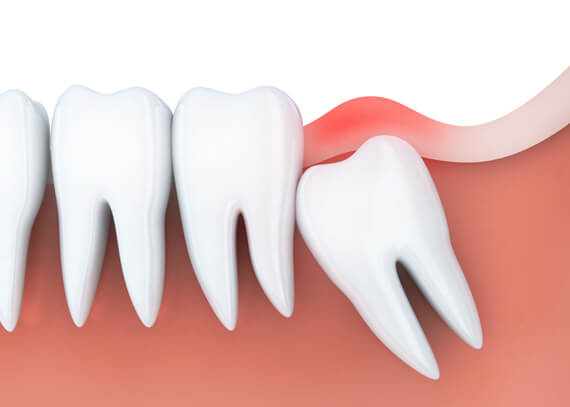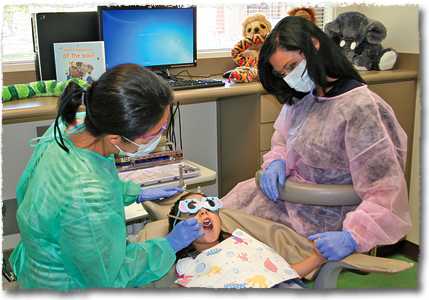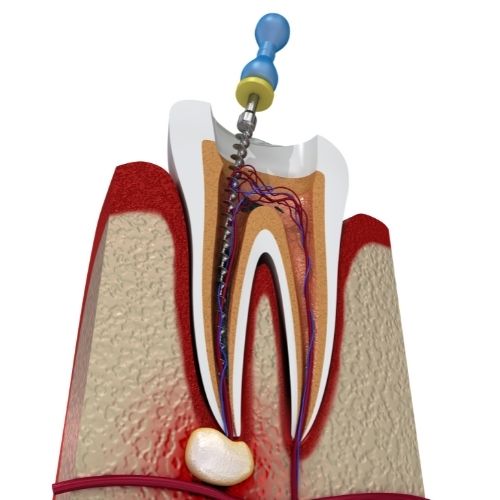
Wisdom Teeth Removal And Costs For Removal
Wisdom teeth are a third set of molars that come in when a person is between their late teenage years and their early twenties. When they are properly aligned, they pose no threat to the jaw and can even be helpful. However, it is common for them to be misaligned. If this is the case, they need to be extracted.
Wisdom teeth can cause several problems if they are not aligned properly. The teeth can become crowded and can even damage other teeth, nerves, or jawbone. Additionally, if the teeth are angled in a certain way, they are able to trap debris and plaque which can lead to tooth decay. It is also possible for the teeth to only partially erupt and become entrapped within the tissue of the gums. This can lead to infections that can cause swelling, pain, stiffness in the jaw, gum disease, and tooth decay.
Removal of Wisdom Teeth
The removal of wisdom teeth is a common form of oral surgery although it is certainly more complex than the simple extraction of regular teeth. Although some dentists can perform the procedure, more often than not an oral surgeon is required. Many patients who receive the procedure are heavily sedated or under general anesthesia.
There are several potential risks that come along with wisdom tooth extraction. These include bleeding, pain, swelling, numbness of the lower lip, and persistent opening of the sinus.
Recovery Following Wisdom Tooth Extraction
The average recovery period lasts between 5 and 7 days with the gums completely healing between 3 and 4 weeks after the procedure. The recovery period may be even longer if the jaw becomes damaged during the extraction of the wisdom teeth.
After extraction of the teeth, bleeding typically occurs for around 24 hours. In order to control any bleeding, the patient should place a moist piece of clean gauze on the site of extraction. This can be done in increments of 45 minutes. Another effective means of preventing bleeding is with a teabag which contains tannic acid that has been proven to promote clotting. However, if the bleeding continues for longer than it should, a dentist or oral surgeon should be consulted.
Swelling of the face is common after the extraction of wisdom teeth. In order to relieve facial swelling, ice can be applied to the area. The ice can be applied for a period of 10 minutes and then removed for a period of 20 minutes. This can repeated as often as necessary.
The dental surgeon may also prescribe pain medications and antibiotics if necessary in order to relieve pain and prevent infection in the surrounding tissue.
Cost of Wisdom Tooth Extraction
A simple wisdom tooth extraction may cost no more than $99 for each tooth. However, if the teeth are impacted, it can easily cost as much as $340 per tooth if not more. The costs can vary also depending upon the location. Therefore, an oral surgeon or dentist should be contacted in order to receive a quote. One should also check with their healthcare provider in order to determine how much of the procedure will be covered.

Tips for getting free Dental work:
- Be prepared to provide documentation of your income and residency. Many free dental clinics require patients to provide documentation of their income and residency in order to qualify for services.
- Call ahead to schedule an appointment. Most free dental clinics require patients to schedule an appointment in advance.
Find Free Dental Care
Select a state:
-OR-
Enter a zip code:

 How Do I Get Free Dental Care?
How Do I Get Free Dental Care?
 How Much Money For A Root Canal?
How Much Money For A Root Canal?
 Government Programs That Provide Free Dental Care for Adults and/or Children
Government Programs That Provide Free Dental Care for Adults and/or Children